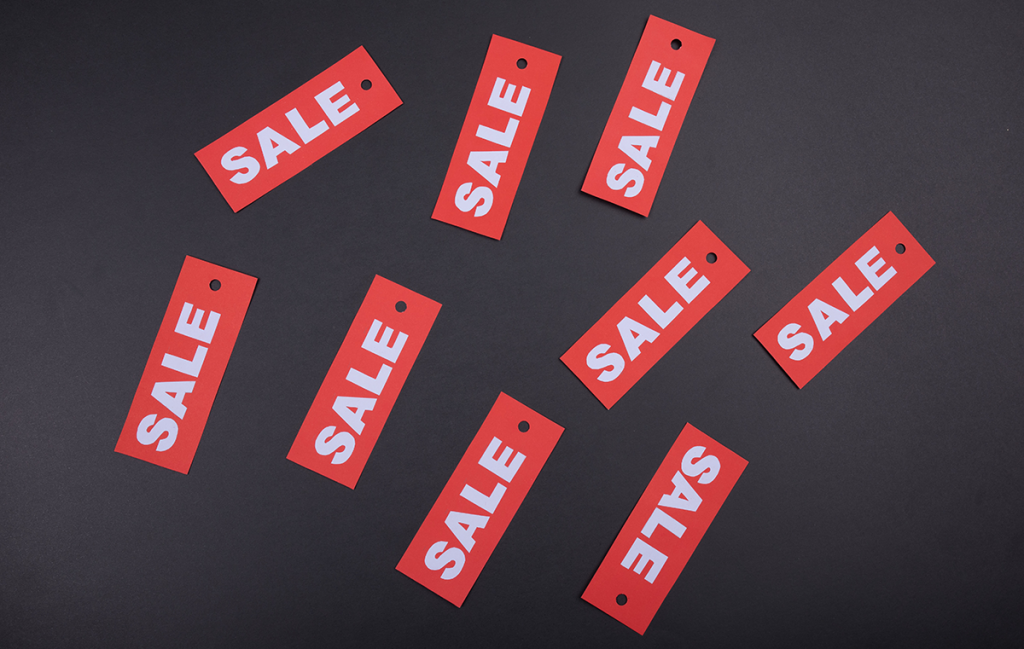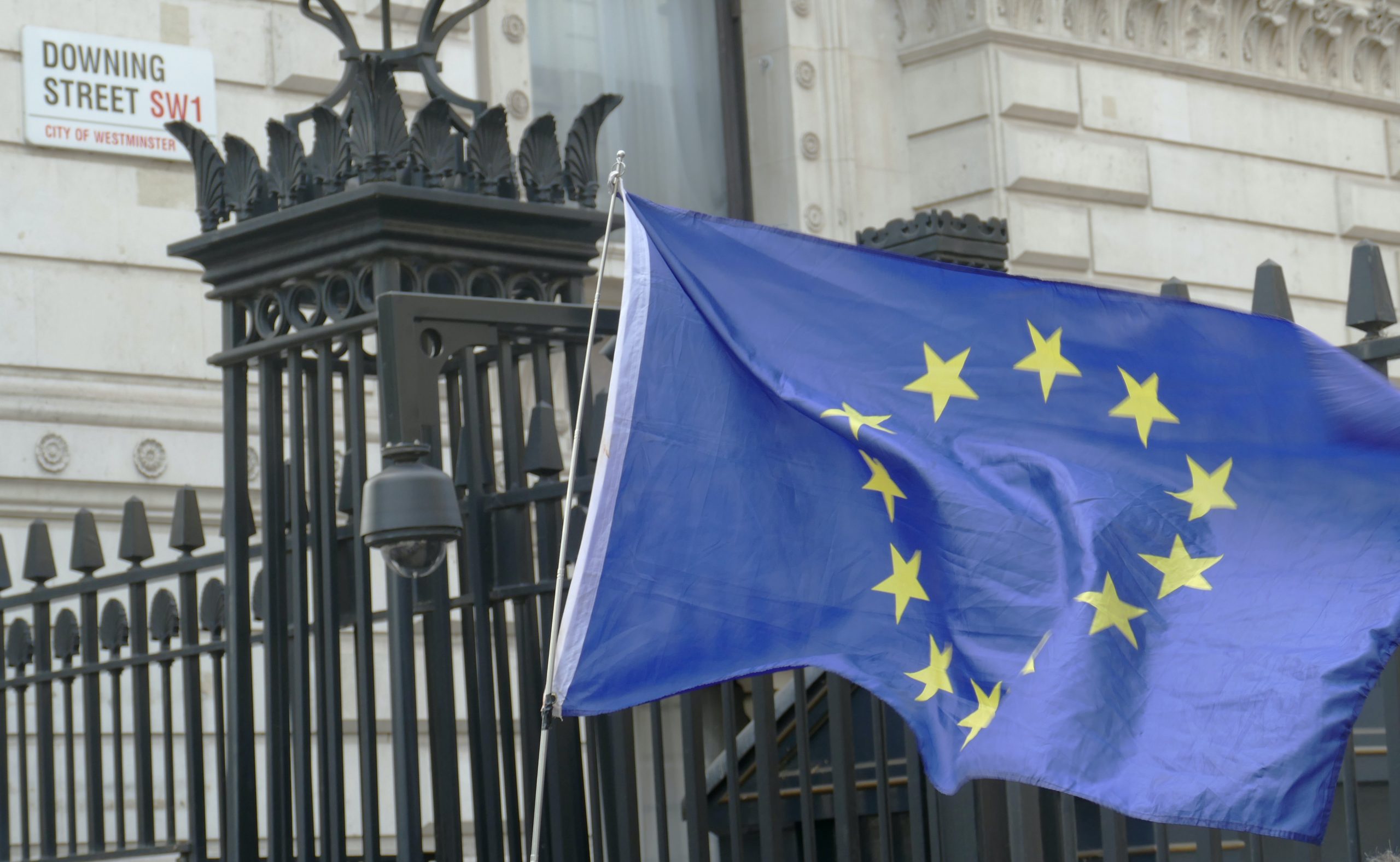Black Friday was so termed because it was traditionally the point in the year when American retailers went into the black. While we don’t have the same association with starting sales the day after Thanksgiving, Black Friday sales in the UK have nonetheless been driven by global retailers such as Amazon, and the trend has been taken up with gusto by the British buying public.
The numbers of retailers participating in Black Friday have definitely increased over the past few years, and it’s no longer just the larger businesses that get involved. Many far smaller retailers will have Black Friday promotions, and it’s even made its way into the business-to-business landscape.
Black Friday takings have grown year on year, and in 2016 a massive £1.23bn was spent on the day. So with the opportunity to cash in on some of this (huge) spend, and to increase your business’s income and profits, ensuring you are meticulously prepared is essential. Here are our ten tips to help you capitalise on Black Friday spending.
1. Strategy
Perhaps one of your very first considerations is whether or not you even want to hold a Black Friday sale. Are there definite advantages for getting involved? And what would it achieve in terms of your overall business objectives?
Some retailers will use Black Friday to encourage brand loyalty or as an opportunity to sell off older stock. Plenty more take part simply because they feel they have no choice but to be involved. Often this is a case of meeting consumer perceptions that they will be involved, but it can also be the case that a retailer feels obliged to match what its major competitors are doing.
You need to assess Black Friday as part of your entire business plan and estimate how much incremental revenue it will earn you, or whether it will just bring Christmas spending forward. Will your customers hold off buying from you earlier in November, waiting for a potential Black Friday sale, and therefore spend a discounted amount, rather than the full price? If they can they wait for what you sell, then they almost certainly will.
2. Stock
Ensuring you have sufficient stock is crucial to the success of a Black Friday sale. Much of the excitement of Black Friday for consumers is in the ordering process, in hunting down the bargains. If you cannot meet demand, then you will miss out on sales or be left with unhappy customers.
Even if you run a backlog system, having ample stock will mean you don’t suffer a huge back order list and the accompanying pressure on your customer service department from waiting customers. Analyse last year’s orders and take account of your own sales figures and of industry trends to accurately predict order volumes.
Equally, you don’t want to be left with too much stock, as holding inventory costs money. But thankfully, with Christmas around the corner, many businesses will be able to withstand the temporary inconvenience and monetary burden of some extra stocks at this time of year, so you may well consider it better to be over-stocked than under-stocked.
3. Pricing
Consider your pricing strategies. How will you pitch your sale? Will you offer a straight discount site-wide? Or will you have certain products included in your sale, at varying discounts?
Many retailers that sell others’ products will avoid any possible competitive pricing by only selling models that can’t be found through other channels. Electronics and white goods suppliers are well known for arranging advanced deals with suppliers, securing stocks of products that will be unique to them. If you sell your own products then this won’t apply, so competitive pricing may not come to bear, but you will still want to set your discounts in advance.
If getting it wrong is not an option, then considering contingency pricing strategies is a must. This will allow you to assess the competition’s strategies in advance or on the day and to adjust if necessary.
4. Timing
Traditionally, Black Friday was all about in-store sales. The online retailers saw sales rise massively the following week, and thus Cyber Monday was born. But in the UK, this trend has been seen less, and the focus across the board has largely been on Black Friday itself.
However, many retailers have brought things forward even more and their sales – sometimes not specifically labelled ‘Black Friday’ sales – have been seen to start even earlier in the week. Because we don’t celebrate Thanksgiving, there’s no natural start time like there is in the US, and retailers have been competing on timing, bringing their sales ever forward in an effort to differentiate themselves. Last year, only 22 of the UK’s top 100 retailers began their sales on the Friday itself, with all the others having started earlier.
Aside from considerations as to the days of any sale, you will also want to weigh up the time of the day that your sale starts. Will you open up your website sales at midnight, perhaps requiring large numbers of staff to support it, or will you defer to a more reasonable 9am? Of course, your choice may be led by what your competitors are up, especially if you think starting later will mean that you miss out on business.
5. Marketing
You will need to prepare your advertising and promotional campaigns in advance, but the timing of any announcements about your sale will be contentious.
There are pros and cons to announcing in advance. The advantage is that you can prepare your customers, giving them advanced notice that you will be offering promotions and discounts on Black Friday. This allows them to research any upcoming purchases and lets them know, come the big day, where to come to find your products. The trade-off however, is that by announcing your sale in advance, you may put off purchases that perhaps would have been made prior to Black Friday, and which would net you a greater profit. Weighing this all up brings many to conclude that they will announce a sale, or run teaser campaigns where the specifics of the pricing or the items included are not made clear.
Whatever you decide, it’s vital to have your messaging and approach sorted so that you can plan and create your campaigns. You will almost certainly want to use a mix of tactics, including email marketing, social media, SEO, PPC, remarketing, content marketing and website elements like pop-ups, overlays or interstitials.
6. Website
While your marketing team may be very geared up for the advanced notice and promotional side of things, the ‘on-the-day’ aspects of your website are essential to the success of any Black Friday sale and shouldn’t be neglected. How your potential customers experience your brand when they are actually in buying mode is a significant factor in achieving high conversion rates.
Consider not only the look and feel of your website – the branding of your sale, its messaging, wording, colours, graphics and so on – but also the customer experience as a whole; searching, selecting and comparing products, plus the checkout process, and messaging and advertising on other relevant areas of your website, not just the shop.
7. Back end technology
It’s critical that you are technologically fully prepared for your sale. You will want to have implemented all the necessary back end functionality and checked the technology that supports your website.
The sales aspects will need to be input into the back end of the website, with everything set up and ready to go live. You may require special imagery, like sales notices or ‘flashes’ for certain products, and you will want to input the start times and prices for your products. You will undoubtedly have new home page layout or graphics and new links to sales pages, and all of this should be thoroughly tested in advance.
Finally, you will want to be certain that your website will cope with the traffic. A slow website will send customers away. Undertake server load testing in advance so that you are confident that your website’s server and any other technology is ready to deal with a large onslaught of customer activity. It will not only need to operate under increased traffic, but the checkout process and linking through to payment providers may also need to be stress tested.
8. Delivery pricing
Product price and discount levels will naturally be key to your sales success. But an often overlooked aspect is delivery pricing. If your product is comparable in every aspect to that on another site, but all that differs is the cost of delivery, then a consumer will naturally favour the retailer with the lowest delivery price. Even where the cost of shipping represents only a tiny fraction of the overall price of an order, it can play a huge part in the decision-making process. Free delivery is such a compelling draw and can often being the final deciding factor in influencing whether a buyer ultimately completes the purchase or not.
You will want to carefully model your pricing to ensure that you will be making sufficient profit, but even if you can’t offer free delivery for all orders placed on Black Friday, then perhaps you can set a spend threshold, over which buyers qualify for free delivery.
9. People
Of course, running an eCommerce store is not all about the online facets of the business. If things go awry – despite your best preparations – then you may need to rely on the real people in your business. This means putting staff on notice that they may need to be available, or having customer service operators available.
Even if things do go to plan, having a team of employees available on the phones to help with any issues or queries will boost the overall customer experience that you deliver. Don’t forget too, that although online sales represent a huge proportion of Black Friday sales, you will still be competing for sales with the bricks and mortar stores, and it’s here that your people can make the difference for you.
10. Warehouse
Once the flurry of orders start coming in, it’s important to get them dispatched quickly. Keeping your customers happy and delivering their orders efficiently garners loyalty and seals the overall perception they have of your business or brands. You don’t want to let them down at the last stage of the sale by delivering a slow or shoddy service.
So the final tip is to ensure your warehouse and logistics processes are up to scratch and can cope with an increase in orders over a short period of time. You will also require sufficient staff, so may look to adjust the shift patterns or hours your warehouse operatives work, or even draft in some additional temporary labour.
With Black Friday just around the corner, make the most of this busy shopping time and the increased revenue opportunities by implementing these tips. You will increase the number of site visitors, deliver an enhanced customer experience and drive conversions. Here’s to a successful Black Friday all round!
If you’d like to discuss your Black Friday website strategy with us, please do not hesitate to get in touch.



